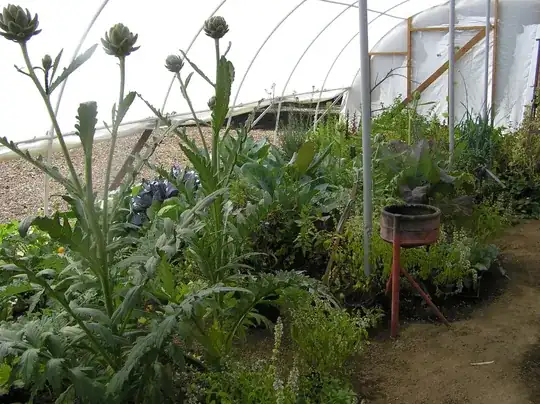My backyard has just been cleared of convolvulus ( field bindweed ), and native bush/trees exposing what used to be a lawn a decade ago. I'm thinking I would like to try the no-dig method of layering down some newspaper, putting some compost on top, mulching on top of that, and then planting.
I just wonder if there's any benefit from using a fork to loosen the soil ( not turn it over ), before I put the newspaper down. This would be the same as the second step when double digging. I do understand that it is claimed that vegetables are shallow rooting so don't need this step, but others claim that they're shallow rooting because the soil has not been double dug!
So, does anyone who does no-dig gardening have any experience?
Or should I just double dig and get out as many convolvulus roots as I can?
